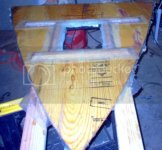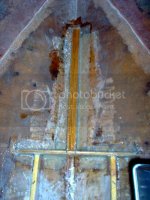Vandalizer
Well-known member
Any chance you're planning on putting knees in to support the transom?? It may very well be overkill, but it'd make that thing SOLID, and you'd never think twice about adding more power.
Welcome to the Checkmate Community Forums forums.
You are currently viewing our boards as a guest which gives you limited
access to view most discussions, articles and access to our other FREE features.
By joining our free community you will be able to:
Registration is fast, simple and absolutely free so please, join our community today!
If you have any problems with the registration process or your account login, please contact support by clicking here or by using the"contact us" link at the bottom of the page.
. Also I always recommend adding a float switch to a bilge(hard wired direct to the battery)in addition to your manual switch.
For your foot throttle, I always fabricate a 3/4" block of wood with s.s. t-nuts in it to mount the throttle to.
 Actually I haven't decided yet whether to keep the HotFoot or not. I've got many many hours flying airplanes and am perfectly comfortable with one hand on the stick and one hand on the throttle.
Actually I haven't decided yet whether to keep the HotFoot or not. I've got many many hours flying airplanes and am perfectly comfortable with one hand on the stick and one hand on the throttle.Any chance you're planning on putting knees in to support the transom??

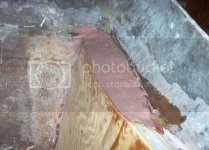
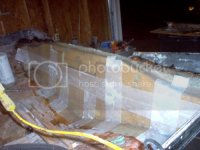
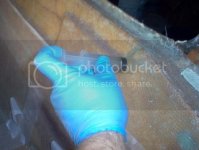
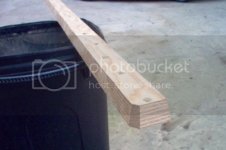
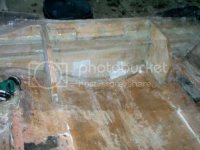
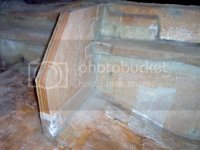

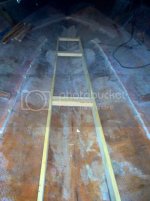

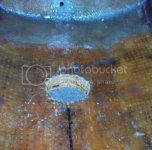
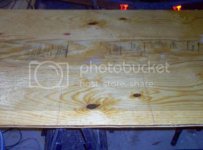
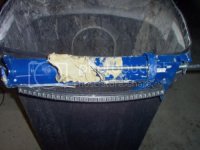

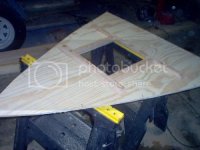

GL what did you end up doing in the front w/ the stringers?
You are making great progress as well as cmpulse170. I can't believe you are already installing the deck!!! I guess that's what happens when you don't have core replacement.
The funny thing about restoration work is you hate having to do it initially but love doing most of it and promise never to do it again when complete. However, the never doing it again never seems to stick.
You are making great progress as well as cmpulse170. I can't believe you are already installing the deck!!! I guess that's what happens when you don't have core replacement.
The funny thing about restoration work is you hate having to do it initially but love doing most of it and promise never to do it again when complete. However, the never doing it again never seems to stick.



I can't believe you are already installing the deck!!! I guess that's what happens when you don't have core replacement.
The funny thing about restoration work is you hate having to do it initially but love doing most of it and promise never to do it again when complete. However, the never doing it again never seems to stick.
